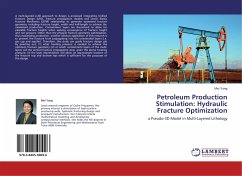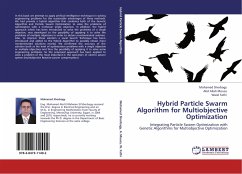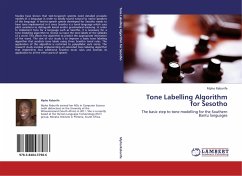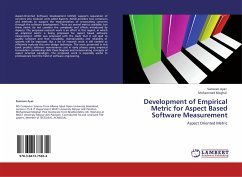
Petroleum Production Stimulation: Hydraulic Fracture Optimization
a Pseudo-3D Model in Multi-Layered Lithology
Versandkostenfrei!
Versandfertig in 6-10 Tagen
32,99 €
inkl. MwSt.

PAYBACK Punkte
16 °P sammeln!
A multi-layered p-3D approach to design is proposed integrating Unified Fracture Design (UFD), fracture propagation models and Linear Elastic Fracture Mechanics (LEFM) relationship to generate optimized fracture geometry, including fracture height, width and half-length to achieve the maximized production. Containment layers are discretized to allow for plausible fracture heights when seeking convergence of fracture height and net pressure. Other than the physical fracture geometry optimization, thus maximizing production, another obvious application of this research is to prevent the fracture...
A multi-layered p-3D approach to design is proposed integrating Unified Fracture Design (UFD), fracture propagation models and Linear Elastic Fracture Mechanics (LEFM) relationship to generate optimized fracture geometry, including fracture height, width and half-length to achieve the maximized production. Containment layers are discretized to allow for plausible fracture heights when seeking convergence of fracture height and net pressure. Other than the physical fracture geometry optimization, thus maximizing production, another obvious application of this research is to prevent the fracture from propagating into the unintended layers (i.e. gas cap and aquifer). Therefore, this study can guide fracture design job by pointing out: (1) what treating pressure is needed to achieve the optimum fracture geometry; (2) at which containment layers of the multi-layers will the vertical fracture propagation stop, given the above treating pressure; (3) the layer discretization will allow an approximate location of the fracture top and bottom tips which is sufficient for the purposes of this design.












